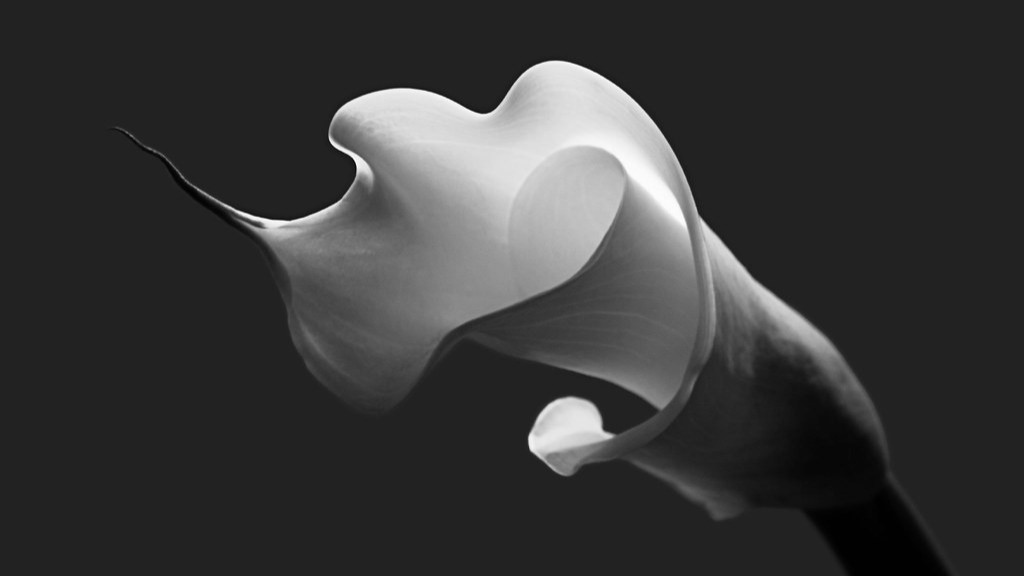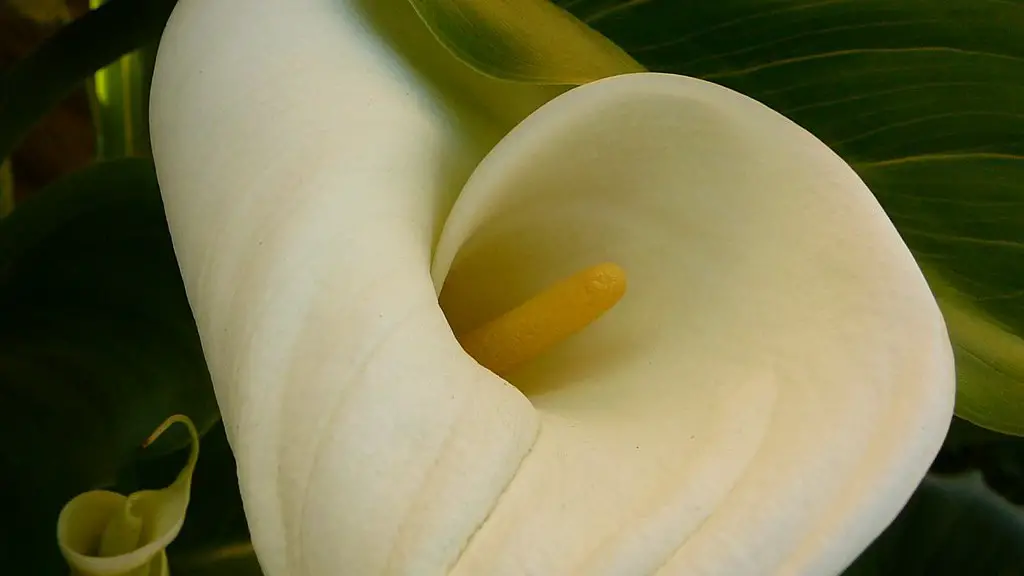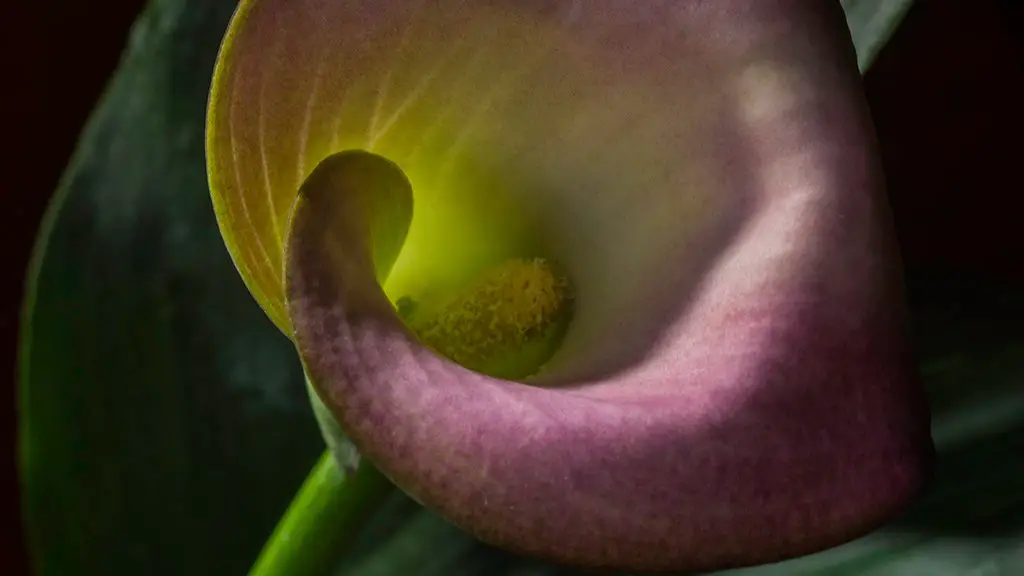In this article, we will be discussing how to take care of African violet plants. African violets are beautiful, delicate flowers that are native to Africa. They are popular houseplants and are fairly easy to care for, as long as you know what to do.
To take care of African violet plants, water them when the soil is dry, fertilize them every two weeks, and put them in a bright spot.
How often do you water an African violet?
A wicking system is a great way to make sure your African violets are never over watered. Simply water the plant once a week and allow the plant to completely dry out between waterings. The wicking system will slowly and evenly distribute water to the plant, ensuring that it never gets too much or too little.
African violets are beautiful plants that are typically grown indoors in North America. They thrive in bright, indirect light and prefer a location that is three feet away from a west- or south-facing window. African violets are known for their colorful blooms and make a great addition to any indoor space.
How often do you feed African violet
African violets need fertilizer to stay healthy throughout the year. During the spring and summer, you should fertilize your African Violet once every 14 days. In the fall and winter, you shouldn’t fertilize the plant at all to prevent over-fertilizing.
If you want your African Violet to bloom again, here are 8 ways to make it happen:
1. Let there be light – African Violets need bright, indirect light to bloom. If your plant is not getting enough light, it may stop blooming.
2. Turn up the humidity – African Violets love humid conditions. You can create a more humid environment for your plant by placing it on a pebble tray or using a humidifier.
3. Replenish essential nutrients – African Violets need to be fertilized regularly to bloom. Use a fertilizer specifically designed for African Violets and follow the directions on the package.
4. Keep it pleasant – African Violets prefer a temperature of around 70 degrees Fahrenheit. They also like to be in a room with good air circulation.
5. Choose the right soil – African Violets need a soil that is light and well-draining. You can find African Violet potting mix at most garden centers.
6. Protect from pests & disease – African Violets are susceptible to pests and disease. Inspect your plant regularly and take action immediately if you see any signs of problems.
7. Constrict
Can I water African violets with tap water?
If you’re unsure about the quality of your tap water, it’s best to err on the side of caution and use filtered or distilled water for your African violets. Chlorine levels can fluctuate depending on the season, and in some areas tap water may have high levels of chlorine, chloramines, or dissolved solids. These things can all adversely affect your African violets, so it’s best to use filtered or distilled water if you’re unsure about the quality of your tap water.
It is important to remember not to mist the foliage of African violets as this can cause permanent leaf spotting. Instead, water the plants at the base, making sure that the water is room temperature. It is also important to ensure that the crown of the plant does not become saturated with water, as this can lead to crown rot.
Is it OK to touch African violet leaves?
When it comes to African violets, it’s best to keep your hands off – literally. Brushing the leaves of these plants can actually decrease their quality and size over time. So the next time you’re tempted to reach out and touch one, resist the urge and enjoy their beauty from afar.
It’s important to repot your African violets every few years to keep them healthy and vigorous. “African violets are very long-lived plants, and will often outgrow their pot,” McEnaney says. “When this happens, the plant can become rootbound and will stop blooming.”
Do African violets like coffee grounds
Yes, coffee grounds are good for African violets. They are slightly acidic and contain nitrogen, which helps plants grow healthy foliage. Occasionally sprinkling used coffee grounds on top of your African violet potting soil can be good for the plant.
If you’re not sure whether to water your African violet from the top or bottom, don’t worry – either way is fine. Just be sure to use lukewarm or warm water, as cold water can damage the plant. And if you’re watering from the top, be careful not to get water on the leaves when the plant is in the sun; this could cause leaf spots.
What pots are best for African violets?
When it comes to the best pots for African violets, there are a few things to keep in mind. The first is that you want a pot that has good drainage. African violets need to be watered regularly, but they don’t like to sit in water. So, a pot with good drainage is a must.
The second thing to keep in mind is that you want a pot that is the right size. African violets come in a variety of sizes, so you’ll want to make sure you get a pot that is big enough for your plant.
And finally, you’ll want to make sure you get a pot that is the right color. African violets come in a variety of colors, so you’ll want to make sure you get a pot that matches the color of your plant.
Here are six of the best pots for African violets:
1. Mkono 3 Pack Self Watering Plastic Planter
2. Ceramic Pot with Saucer
3. Blue Self Watering Ceramic Planter
4. Aquaphoric Self Watering Planter
5. Self Aerating Self Watering Pot
6. Terracotta Pot
African violets are beautiful flowers that can bloom nearly year-round. If you are able to provide the correct conditions, expect your African violets to bloom 10-12 months each year. Each bloom lasts for about 2-3 weeks. By providing the proper care, you can enjoy the beauty of these flowers for many months out of the year!
What is the secret to African violets
If you’re having trouble getting your African violet to bloom, the most common reason is lack of light. African violets need indirect sunlight – direct sunlight can burn the leaves. Choose a north- or east- facing window for best results, and keep plants away from cold glass. Rotate the pot once a week so all leaves receive light.
Epsom salts are a great way to provide plants with essential magnesium and sulfur. These two minerals are necessary for producing beautiful blooms and healthy foliage. Just mix one and a half teaspoons of Epsom salts in a quart of tepid water and swirl to dissolve. Then, water your African violets (below the leaves) with this solution once a month.
What is the best African violet food?
For best results, fertilize African violets once a week with a mild, balanced fertilizer. A 20-20-20 or 15-20-15 fertilizer formula will work well in most growing situations.
If your African violet’s leaves are droopy, soft, and mushy, it’s a sign that the plant is overwatered. Here are some additional signs that can help confirm that overwatering is the source of your plant’s struggles:
-The leaves may be discolored, yellow, or brown.
-The stem may be soft or mushy.
-The roots may be rotting.
-The plant may be producing fewer flowers than usual.
If you think your African violet is overwatered, stop watering it for a few days and see if the plant improves. If not, you may need to repot the plant in fresh, dry soil.
Conclusion
African violets are a type of houseplant that are fairly easy to take care of. They prefer bright, indirect sunlight and to be kept moist, but not wet. Allow the top inch of soil to dry out before watering. They can be fertilized every other month with a half-strength solution of a water-soluble fertilizer. Be sure to deadhead any spent blooms to encourage new growth.
African violets plants are not difficult to take care of. With a little bit of knowledge and care, you can have a beautiful violet plant that will brighten up any room.





